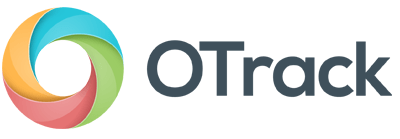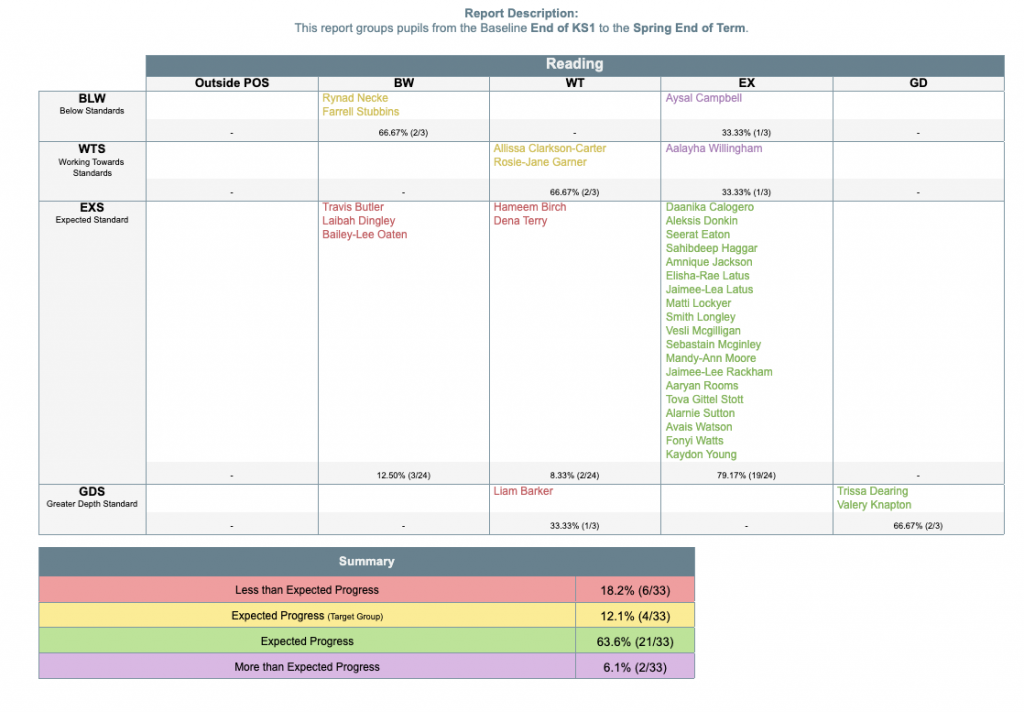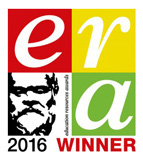What is Point In Time Assessment?
Friday 20th July 2018We’ve noticed that most schools who are changing their tracking methods are moving from a linear-based approach to a Point In Time Assessment model.
Schools and MATs have told us that the Point In Time Assessment (PITA) solution fits perfectly with their philosophy of the current curriculum. They also tell us that it’s saved them hours of time, so more effort can be dedicated to teaching and learning.
Read on to learn if this can help you.
Linear vs PITA
As you know, schools use various numbers of codes to describe a pupil’s ability. In this example I’ve used four: Working Below Standards, working Towards Standards, working at Expected Standards and working at a stage of Greater Depth. The PITA model however, will work with any set of codes and descriptors.
Linear
In a linear model, a school may use Expected Standards (often described as ‘Secure’) to refer to a pupil having understood the majority of the curriculum. This would mean it’s unlikely that a pupil could be recorded as working at Expected Standards or Greater Depth before the summer term because there’s not been enough time to teach enough of the curriculum at that point. Therefore, the vast majority of pupils will be recorded in the lower end of the linear scale early in the year.
Some schools, and MATs, have said that this can make it difficult to report the difference in pupils’ abilities until the Spring and Summer terms.
PITA
If a school decides At Standards means that a pupil is working comfortably with what has been taught to date, then they have made the shift to PITA.
This simple change in philosophy, means that pupils could be deemed as Below, Working Towards, Expected and Greater Depth within any term. Pupils don’t have to cover the majority of the curriculum to be identified as such.
Join our PITA group to discuss this with other teachers
But what about progress?
For schools using the PITA method, progress can be evidenced in a number of ways. One thing to bear in mind is that a shift to PITA would mean that progress isn’t measured by points and average point scores. Here’s a couple of examples to explain how progress is monitored when using PITA.
Example 1
Progress matrix reports are key! A matrix report will help you monitor if pupils understand what is being taught over time. The report will take a look at the ‘stage’ of understanding a pupil was at in any prior assessment period, most commonly the end of the previous key stage, and compare that to the latest assessment.
These matrices should show you the pupils names, to encourage further discussions, but they will also display the number and percent of pupils that have made less than expected, expected and more than expected progress for reporting to governors etc.
Example 2
Another option is to predict an attainment code (or descriptor) for the end of each term. You should consider the knowledge you have of the pupils, including prior attainment and information regarding their emotional and social context etc. Then, once you have an outcome of an actual assessment, you simply compare the expected vs the actual to determine if each pupil has made the progress you predicted.
Both of these examples will allow you to analyse progress for each pupil, groups of pupils, the cohort and the whole school.
Find out more
If you want to find out more please get in touch.







